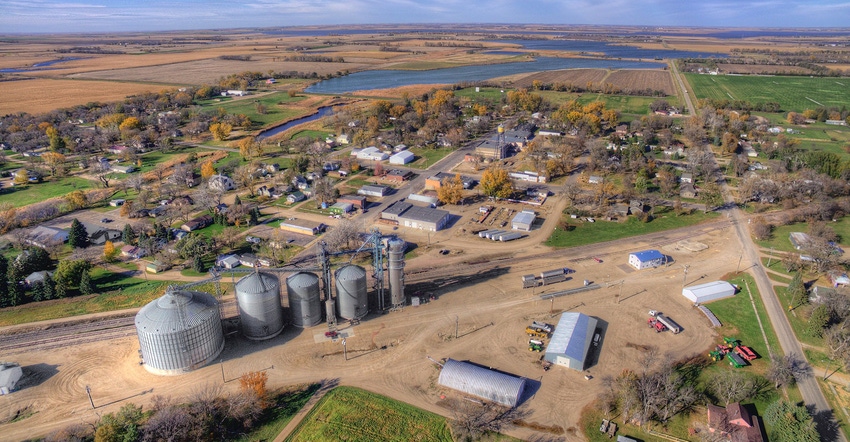November 15, 2019

A new report from USDA's Economic Research Service explores rural America. This report focuses on demographic and socioeconomic trends after the end of the Great Recession in 2009.
Here's five points from the report:
Nonmetro counties contained 46.1 million residents in July 2018, 14.1% of the nation’s population, according to the latest estimates from the U.S. Census Bureau. This compares with 46.3 million residents in July 2010, a 0.4% decline during this decade. Nonmetropolitan counties include those that are closely tied to metro areas to those that are isolated and sparsely populated. The highest rates of population loss from 2010 to 2018 were in completely rural nonmetro counties.
Between 2010 and 2018, nonmetro employment grew at an average annual rate of 0.4%, compared to 1.5% per year in metro areas. By the second quarter of 2019, nonmetro employment remained more than 1% below the pre-recession level, while metro employment exceeded the pre-recession level by more than 9%. This difference in employment growth between metro and nonmetro counties is due in part to slower population growth in nonmetro counties than in metro counties during this period.
Labor force participation rates have been slower to recover in rural than in urban areas following the Great Recession. In 2018, labor force participation was 58% in nonmetro counties, compared to 64% in metro areas, a larger gap than in 2010. About half of the participation gap can be explained by the fact that residents of nonmetro areas are older, on average, and more likely to be retired. Another quarter of the gap reflects the fact that, on average, residents of nonmetro counties have slightly lower levels of education. The remaining one-quarter of the participation gap can be explained by the higher rates of disability reported by residents of nonmetro counties.
Poverty rates have been decreasing since 2013, but are higher in more rural and more isolated nonmetro areas. From 2010 to 2017 (the most recent estimates available), the nonmetro poverty rate fell from a high of 18.5% in 2011 and 2013 to a low of 16.4% in 2017. The metro poverty rate fell from a high of 15.5% in 2011 and 2012 to a low of 12.9% in 2017.
In 2017, personal income per person, or PIPP, was nearly $54,000 in metro areas but less than $40,000 in nonmetro areas. The gap in PIPP between metro and nonmetro areas has grown since 2010, as real (adjusted for inflation) PIPP grew 13.5% in metro areas between 2010 and 2017, versus 9.7% in nonmetro areas.
Source: USDA ERS, which is solely responsible for the information provided and is wholly owned by the source. Informa Business Media and all its subsidiaries are not responsible for any of the content contained in this information asset.
You May Also Like




